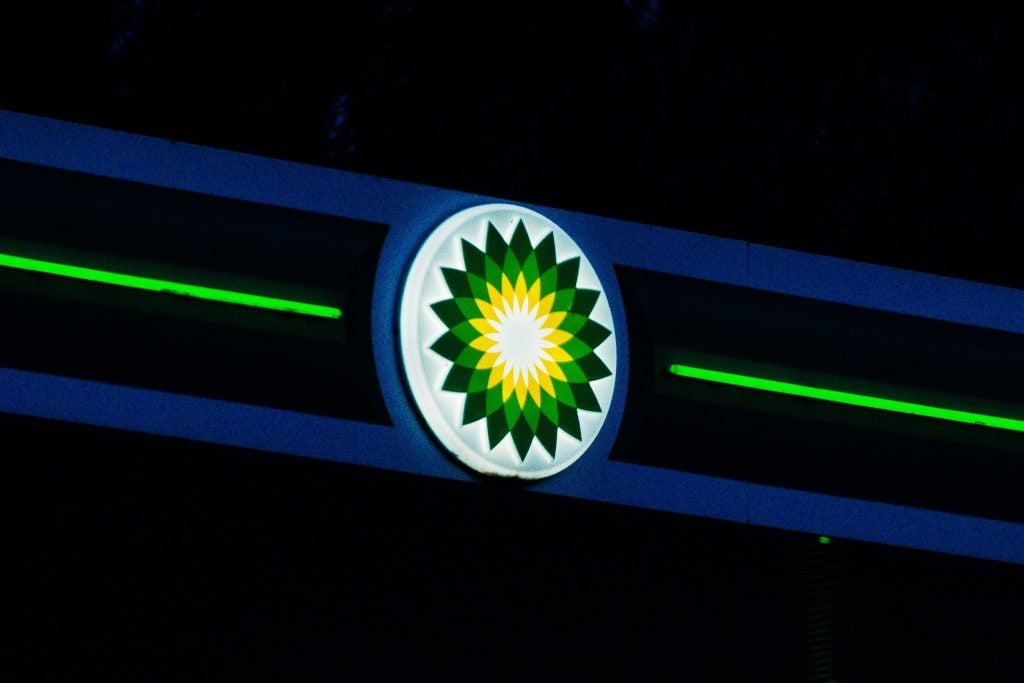
The oil and gas sector has become familiar with the advantages of satellite communications technology in applications such as supervisory control and data acquisition through small satellite aperture terminals. However, satellite technologies and the applications they support continue to develop in spite of constraints on bandwidth.
The current approach to satellite communications in the energy E&P sector does not make best use of the infrastructure, so the focus now is to find ways in which that satellite infrastructure can be better used to support the demands of current and future applications. “There are now more sophisticated data acquisition and analysis techniques, so there is greater demand on bandwidth,” says Martin Jarrold, chief of international programme development for the Global VSAT Forum (GVF).
The GVF is an association of key companies involved in the business of delivering advanced digital fixed and mobile satellite systems and services to consumers, commercial enterprises and governments worldwide. As an independent, not-for-profit organisation with a global remit, GVF can accommodate discussion of technology-neutral approaches to the communications-solution needs of specific industry sectors.
One of the top items on its agenda is facilitating opportunities for dialogue in order to bring together the growing diversity of technologies at the front end. Satellite technology is proven to work effectively with WiFi, fibre and GSM. Soon it may be working with WiMax.
This trend is fuelling the development of more integrated, hybrid solutions. The result is that there is demand for high bandwidth connectivity for high bandwidth terrestrial wireless devices, as well as satellite terminals, which is what is driving the current stages of satellite service provision.
See Also:
Balancing cost and capacity
How well do you really know your competitors?
Access the most comprehensive Company Profiles on the market, powered by GlobalData. Save hours of research. Gain competitive edge.

Thank you!
Your download email will arrive shortly
Not ready to buy yet? Download a free sample
We are confident about the unique quality of our Company Profiles. However, we want you to make the most beneficial decision for your business, so we offer a free sample that you can download by submitting the below form
By GlobalDataThe next step in developing satellite solutions for the oil and gas industry heavily depends on the ability of companies in the oil and gas sector to continue to work with their satellite service providers. Each side must understand the pressures that the other side must bear, if the resulting solutions are to deliver on the technology’s potential.
The GVF has taken a leading role in organising conferences where the satellite communications needs of E&P companies can be addressed.
For example, the recent Oil and Gas Connectivity conference in Aberdeen brought the issue of cost-efficiency to the fore. As well as examining the ways in which satellite communications can help enable the digital oilfield, the conference highlighted many challenges, such as resilience and security.
But one of the most significant talking points was the need to ensure efficient use of bandwidth in a cost-effective way. To some outside the energy industry it may seem as though the solution would be to simply invest in more advanced satellite solutions using the funds flowing in as a result of high oil prices.
This presumption is quickly quashed when the service providers and their end users extend their meaningful dialogue.
“I have asked people in the oil and gas industry if, in an environment where the oil price is $140 a barrel or higher, there is enough money to invest more in the technology that would improve communications efficiency?” remarks Jarrold. “They have told me that there is still a need to work on cost-effectiveness. The oil price, it seems, is not reflected in the increased capacity of E&P companies to invest in solutions.”
Another issue to emerge from such discussions is the fact that greater cost-efficiency must come at a time of rising demand for bandwidth, given that E&P companies are searching in ever more remote locations for new reserves. The industry faces a global connectivity challenge, and to overcome it there must be engagement and involvement from all interested parties around the world, a clear strategy and tangible goals.
“The future needs a lot of planning,” says Jarrold. “Both the oil and gas industry and the satellite industry are global, and increasingly E&P companies are working in parts of the planet where the imperative to use satellite communications is even greater. Reserves are increasingly found in more challenging environments, with extreme weather conditions. Look at operations in the Arctic or in very deepwater locations. In many cases, satellite will be the only way to achieve connectivity.”
The pressure on satellite capacity is becoming more evident in some regions. It has not yet become a major problem, but nevertheless shows that action is needed to prepare for growing demand in the future.
“In some parts of the world there are pressures on the supply of, versus the demand for, bandwidth,” says Jarrold. “It is true that satellite bandwidth can normally be found, but not necessarily at the most cost-effective rates.”
E&P companies are relying more heavily on their satellite services providers. At the same time, the satellite industry is reaching out to those customers to deliver more industry-specific solutions that can then be implemented through the use of technology hybrid-integrated solutions, with satellite as part of a multifaceted network.
Working together
It is clear from the conferences Jarrold is involved that there is a strong appetite among E&P companies and satellite service providers to continue to work together on improving the delivery of applications and solutions.
“We recognise that oil and gas companies are important customers for the satellite sector”, he says. “From the industry events that I attend, there are clear indications that dialogue and collaboration are growing and the scope of customer-vendor discussions is constantly extending.”
This bodes well for the future, as does the trend among the creators of the application software on which the oil and gas industry relies, particularly for operational support centres, and to create online collaborative working environments. These aim to bring together specialists, from geologists to drilling engineers, whose skills combine in the E&P environment, but who are not always sitting in the same room.
“This is encouraging,” says Jarrold, “but there is an issue over the nature of data analytics software that is written for a specific technology platform and which may not work as well over satellite as over fibre because of the latency in satellite communication.”
While efforts on the technology side in this regard continue, E&P companies need to work directly with their satellite service providers to deliver optimised communications solutions.
“Now, we are seeing software being adapted to work over satellite systems more effectively,” he says. “The satellite industry is strong on end-to-end solutions, and service providers will offer their oil and gas customers a complete solution, even if fibre or other terrestrial technologies are part of that solution, part of the network.”
VSAT – the technology
A very small aperture terminal (VSAT) is any fixed satellite terminal that provides interactive or receive-only communications. VSATs are used in many applications, from corporate networks and telemedicine to disaster recovery and shipboard communications systems. The technology offers a single, flexible communications platform that is quick and cost-effective to install.
Ongoing development efforts are greatly improving capacity. As satellites become more powerful – enabling smaller, less expensive antennas on the ground to perform better – bandwidth is also becoming more affordable.
Communication technologies
The move towards “digital oilfields” is one of the strongest trends in the industry, and satellite communications play a key part. Satellite is integrated with a growing range of technologies that make up the networks used in the oil and gas industry, including:
- Advanced sensing technologies deployed in wells
- Wireless sensors and handheld devices
- “First mile” wireless networks incorporating radio, fibre optic cables, WiMAX, WiFi to communicate between rigs and onshore facilities
- International fibre optic networks
- Virtual private networks.
As the industry moves towards more remote and extreme locations the sophistication of sensing and monitoring equipment increases. There is also less access to fibre networks in many of these regions, which puts greater emphasis on the availability of satellite bandwidth.
As well as capacity and the ability of a service providers to offer global coverage, the efficiency of the satellite link is crucial, especially the latest industry techniques to offset the effects of latency.




